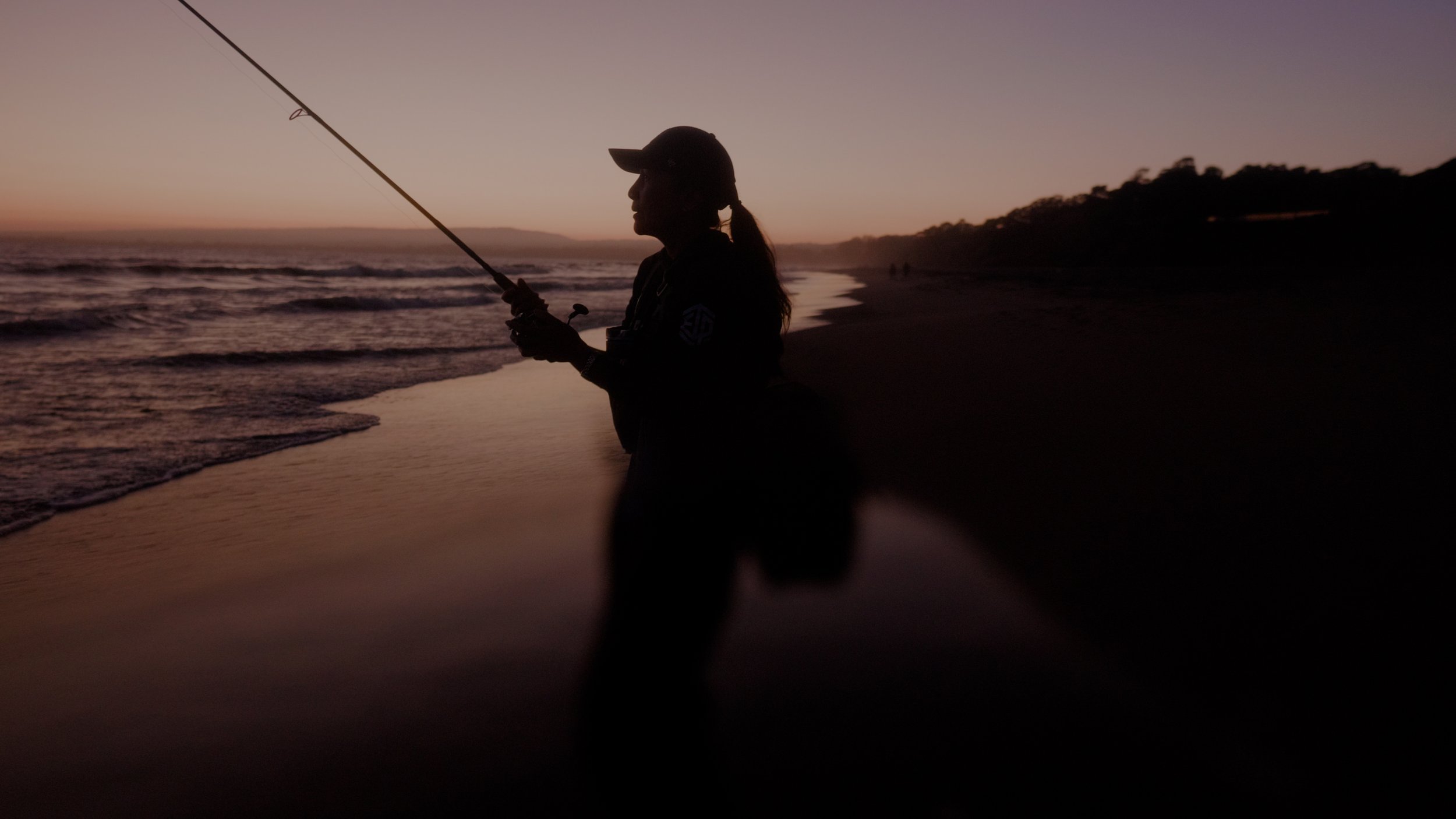DEAR WATSONVILLE
Dear Watsonville is a mixed-media documentary offering an intimate glimpse into the lives of the manong generation, the first generation of Filipino migrants to arrive en masse to the U.S., as seen through the eyes of their children. It unfolds in three distinct vignettes, each focusing on the migration stories and day-to-day experiences of three Filipino families. The film distinguishes itself with its experimental use of community-sourced oral histories, archival images, and hand-drawn illustrations. Together, these elements weave a moving narrative about resilience, placemaking, and childhood.
Screenings:
Sowing Seeds: Filipino American Stories from the Pajaro Valley
Santa Cruz, CA
Brooklyn Film Festival 2024
Brooklyn, NY
Asian American International Film Festival 2024
New York City, NY
San Diego Short Film Festival 2024 - Best Documentary Short Nominee
San Diego, CA
Cindependent Film Festival - Best Documentary Short Winner
Cincinatti, OH
San Diego Filipino Film Festival 2024
San Diego, CA
Silicon Valley Asian Pacific Film Festival 2024
Sunnyvale, CA
San Francisco Short Film Festival 2024
San Francisco, CA
-
Sondy
-

Lauren
-

Juliette
-

Meleia
Producer
-

Christina
Producer
-

Sahil









